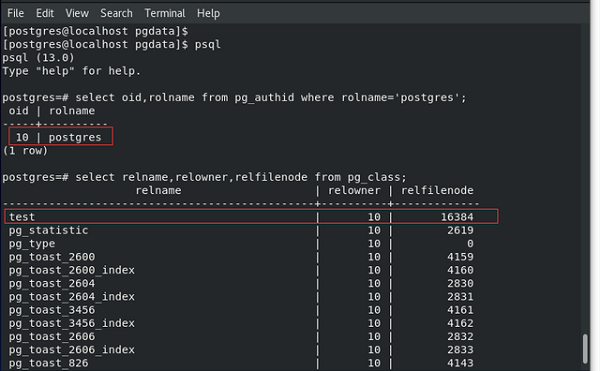

The following example shows how to specify where the runtime can find an assembly. If there is an entry in the application configuration file that redirects binding to another assembly, the redirection will take precedence even if the assembly version doesn't match the binding request. If the assembly is a private assembly, the codebase setting must be a path relative to the application's directory.įor assemblies without a strong name, version is ignored and the loader uses the first appearance of inside. NET Framework Configuration Tool (Mscorcfg.msc) to specify assembly locations or specify locations for the common language runtime to probe for assemblies.
If the assembly has a strong name, the codebase setting can be anywhere on the local intranet or the Internet. There are two ways to specify an assembly's location: Using theIf no codebase is indicated, the runtime probes for the assembly in the usual way. After determining which assembly version to use, the runtime applies the codebase setting from the file that determines the version. Application configuration files can have a codebase setting without redirecting the assembly version. BEFileExists (path) Checks if the file or folder given in the path exists and returns True or False. Covering popular subjects like HTML, CSS, JavaScript, Python, SQL, Java, and many, many more. Specifies the root element for the ASP.NET configuration section.įor the runtime to use the setting in a machine configuration file or publisher policy file, the file must also redirect the assembly version. W3Schools offers free online tutorials, references and exercises in all the major languages of the web. The root element in every configuration file used by the common language runtime and. You can have any number of build providers.Ĭonfigures all the compilation settings that ASP.NET uses. Valid values for each part of the version number are 0 to 65535.ĭefines a collection of build providers used to compile custom resource files.

The format of an assembly version number is. Specifies the version of the assembly the codebase applies to. Specifies the URL where the runtime can find the specified version of the assembly. To move files across volumes, use a Copy and then Delete the original. Notes: - on Mac OS X, the Move operation only works if the source and Destination are on the same volume.
#BASEELEMENTS FILEPATH FOR MAC#
A 'plugin' path is the same as the PosixPath for Mac or Linux, and the WinPath for windows operating systems. Version History: - 1.1 : - 4.0.2 : Renamed from BEMoveFile. The best way to convert paths is to use the native FileMaker functions ConvertFromFileMakerPath and ConvertToFileMakerPath. The following sections describe attributes, child elements, and parent elements. fromFilePath : a system file path - toFilePath : a system file path. Specifies where the common language runtime can find an assembly.


 0 kommentar(er)
0 kommentar(er)
